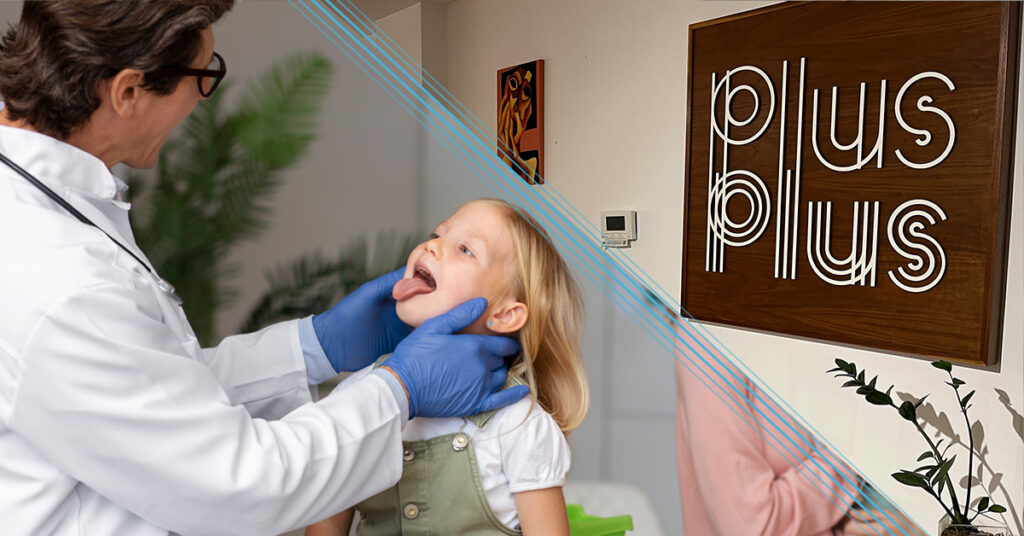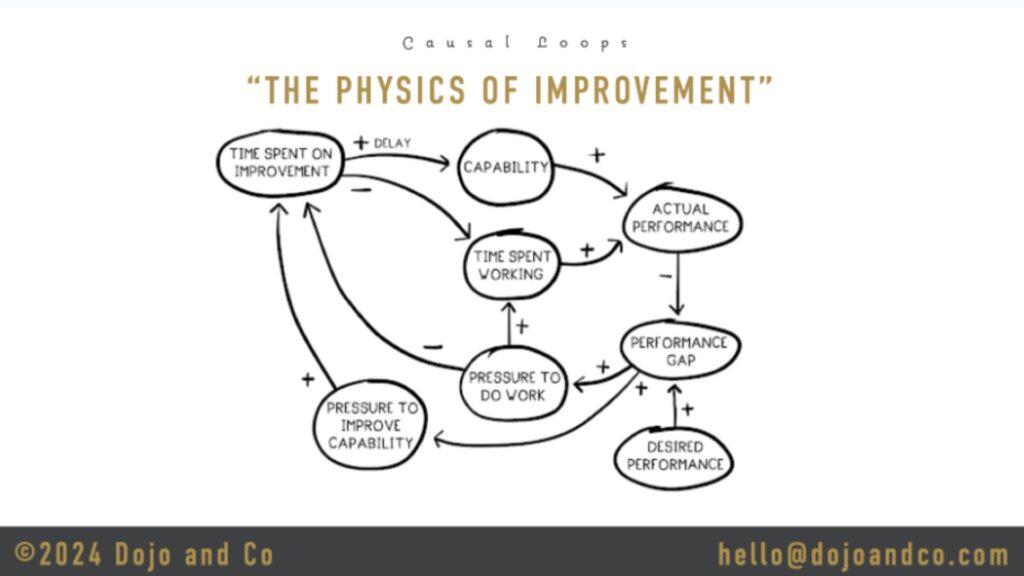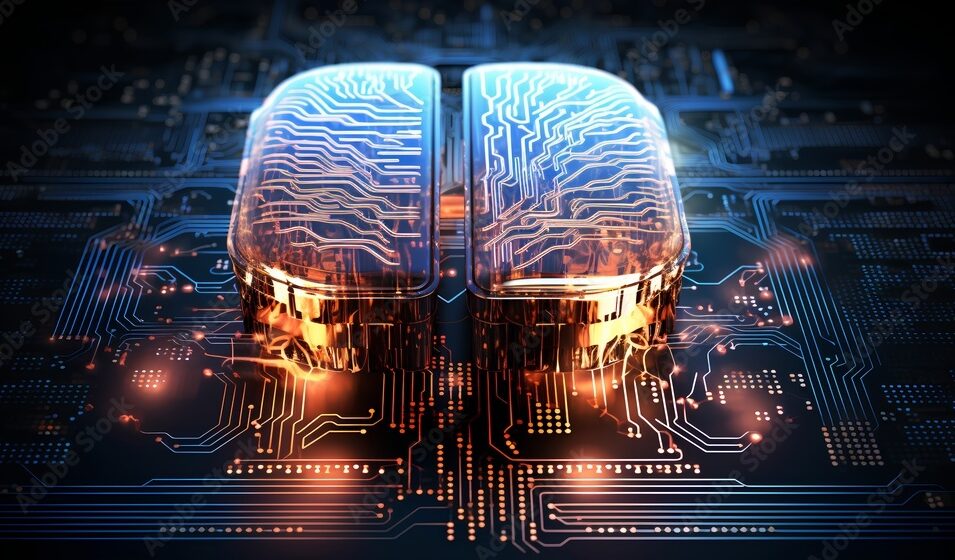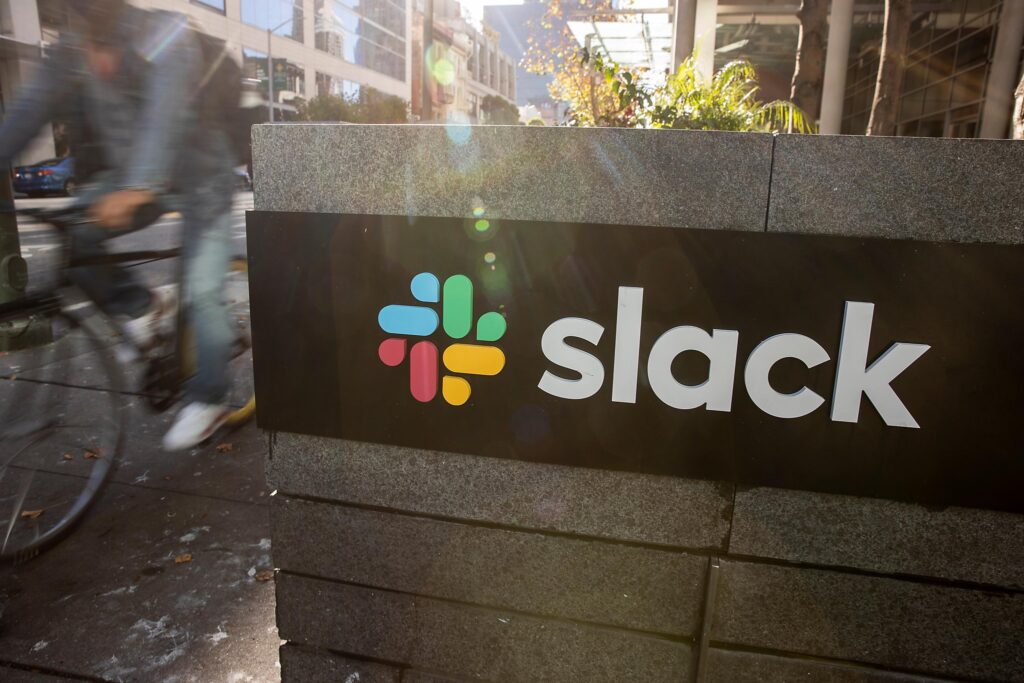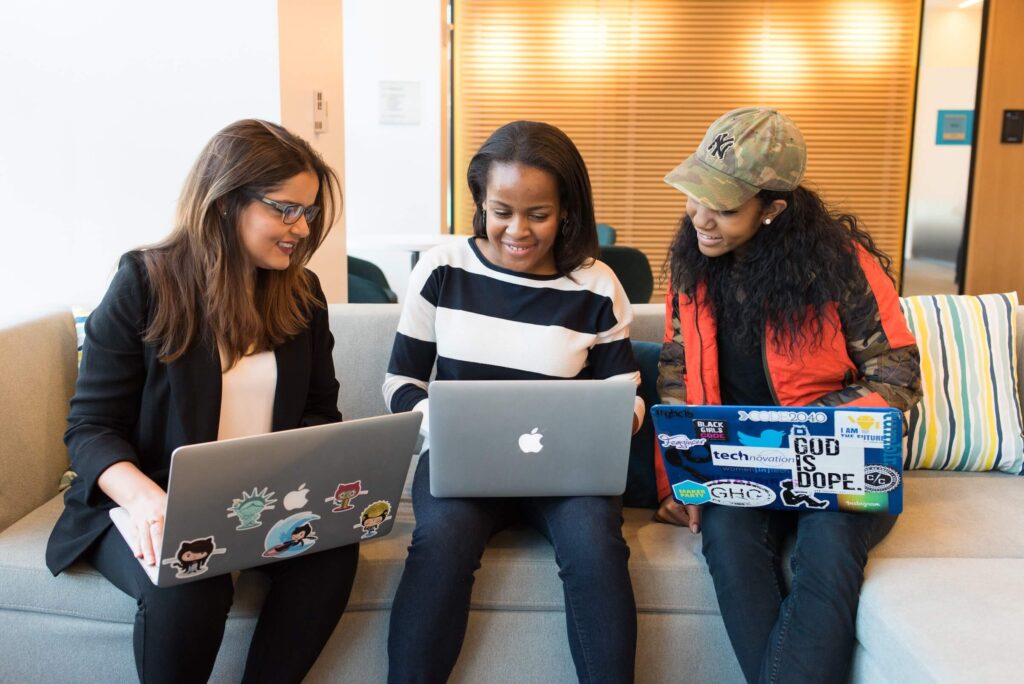In 2022, the U.S. passed a milestone after companies spent more than $100 billion on training, according to the 2022 Training Industry Report.
This report further revealed that the average company spent $1,207 per learner, with each learner receiving an average of 62.4 total hours of training over the course of 2022.
Despite this, 55% of employees feel they need additional training to perform better in their roles, the 2022 Workplace Learning and Development Trends reports.
It’s clear that, although companies are spending record-breaking numbers on training, the needs of employees are not quite being met with current training strategies. Yet, where could this disconnect between company spending on training and employee satisfaction stem from?
Such a question is important for all businesses to consider but especially those with engineering teams, as engineers require a well-developed skill set and thorough understanding of company objectives to perform optimally within their positions.
The answer to this conundrum likely has to do with the timing of training — are employees given opportunities to learn new skills and grow, or does training only occur at the onboarding phase?
If given more opportunities to engage in continuous learning, engineers and all other business teams could prove to be the optimal workforce.
What is continuous learning & how is it used in the workplace?
Continuous learning describes the ongoing education of any student, academically or professionally.
In workplace settings, continuous learning can take many forms, including:
- Onboarding: Everyone is familiar with new hire training — after you nail the interview and land the job, you are sent through to the onboarding phase where you receive initial training. For new hires, this onboarding training can be a crucial jumping-off point for continuous learning. It allows business leaders to not only assess a new hire’s abilities but also present clear pathways for professional growth and networking within the company.
- Upskilling: Though many companies reserve the bulk of their training for the onboarding phase, the key to enabling continuous learning in the workplace is to provide both optional and mandatory upskilling training sessions for your team. The mandatory sessions can be designed to keep all team members on the same page regardless of their experience level, while the optional sessions can be tailored to specific interests shared amongst your team that can be transformed into actionable and valuable professional skills.
- Knowledge Sharing: There’s no better way to gain a clear picture of your business’s overall institutional knowledge than through continuous learning. Continuous learning programs give your team members crucial connections to one another that open up new channels of communication and feedback that may have been previously overlooked. As a result, continuous learning can also help to build your team’s shared knowledge base.
For program managers that wish to employ continuous learning in their workplace, it is vital to know what makes a continuous learning program great — and what to avoid.
How continuous learning can benefit engineering teams
Engineering teams play a critical role in all types of businesses, from software development companies and eCommerce platforms to streaming services and tech giants.
No matter what industry your engineering team is a part of, your job is to provide them with the educational resources and learning programs they need to flourish.
Continuous learning programs can benefit engineering teams in three essential ways:
- Talent Discovery: During a continuous learning program, you can more deeply assess both the surface-level and hidden talents of your engineers. This can help you uncover underutilized talent and skills within your team members, as well as give your engineers the chance to discover what truly interests them most and which skills they are most motivated to develop further.
- Leadership Development: From a leadership standpoint, continuous learning programs allow you to identify potential coaches, instructors, and mentors among your experienced team members. In addition to motivating the more experienced engineers in your team to continue engaging with workplace learning, this also allows those experienced team members to showcase their value and be put into consideration for larger leadership roles in the future.
- Codified Knowledge: As we touched on earlier, knowledge sharing is a major use case for continuous learning programs. This is especially true for engineering teams who need to have a thorough understanding of each other’s work and processes to collaborate effectively.
What makes a great continuous learning program for engineers?
Deciding to start a continuous learning program is one thing — designing and executing that program is another. As you develop and create your continuous learning program for engineers, it is critical to consider what learning resources and software elements are necessary for your program to be effective.
Effective continuous learning programs include five key features:
- Contextualization: In any workplace learning environment, it is crucial to contextualize the information you are sharing with your team members. Continuous learning programs should always incorporate deep know-how on how your organization works and what is expected from team members in terms of tool management and best practices.
- Internal Knowledge & Expertise: When it comes to sharing knowledge with your team, it’s best to first look at your experts within the organization. Plenty of experienced team members and new hires alike can provide insights into not just key pieces of organizational knowledge but also pain points in current learning processes.
- Automated Workflows: It is vital to prioritize efficiency in your continuous learning program. By leveraging the right technology and tools, you can automate your learning workflows greatly. For instance, scheduling learning sessions (sending calendar invites, scheduling reminders, etc.) is a major task that can be streamlined and optimized with automation.
- Assessment Tools: The ability to quickly pull data and assess the performance of your continuous learning program and its participants is incredibly important. As such, you need a program management solution that can provide you with all the necessary assessment tools you need, such as automated surveys or progress tracking.
- Blended Learning: While keeping overarching business and team objectives in mind while building a continuous learning program is important, it is equally important to recognize the individuality of your team members. Any continuous learning program needs to enable blended learning to be truly effective for all members of your team.
Discover the power of continuous learning programs with PlusPlus
At PlusPlus, we offer the most efficient and customizable solution for program management at scale.
To support your growing team, the PlusPlus team enablement platform helps program managers effortlessly build and deploy complex programs at scale.
Whether that’s an in-depth onboarding program, a continuous learning program, or anything in between, PlusPlus has the tools you need to equip your team with the resources and knowledge they need to excel.
Get started with PlusPlus today to leverage the advantage of our team enablement platform.

